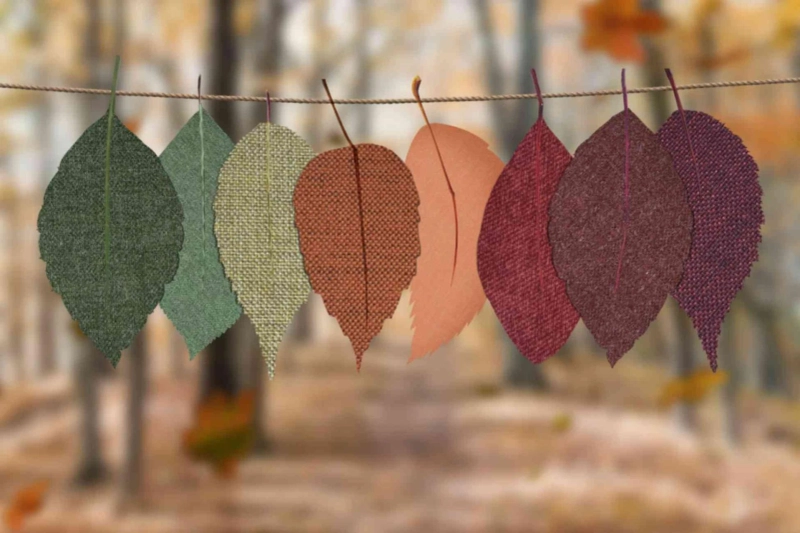Colors have a deep psychological influence on our emotions and behaviors; they are more than simply visual elements that provide beauty to our environment. Color psychology investigates how different shades may impact our ideas, feelings, and behaviors, often subconsciously.
This intriguing subject combines art, design, business, and even personal well-being. In this post, we will delve into the fascinating realm of color psychology, learning how different hues impact us and why they have such a strong hold on our brains.
The Impact of Warm Colors
Warm colors like red, orange, and yellow are frequently linked to feelings of warmth and comfort, but they may also elicit emotions ranging from warmth and comfort to rage and hatred. For example, red is a strong color that may raise a person's pulse rate and generate a sense of urgency, which is why it's regularly employed in marketing for clearance deals. While orange is less vivid than red, it encourages sentiments of enthusiasm and energy, making it a popular option in sports and fitness businesses. Yellow, a color of sunlight, is associated with pleasure and optimism.
The Influence of Cool Colors
Calm colors like blue, green, and purple, on the other end of the spectrum, are noted for their relaxing and soothing qualities. Blue, one of the most popular hues, is frequently linked with stability, tranquility, and peace. It's commonly used in business to indicate professionalism and dependability. Green, the hue of nature, is said to encourage relaxation and ease tension, making it a popular choice in hospitals and schools. Purple is typically linked with wealth, creativity, and spirituality because it mixes the steadiness of blue with the vibrancy of red.
The Role of Neutral Colors
Neutral hues, such as black, white, gray, and brown, are also important in color psychology. Black is a striking tone that may provoke thoughts of grief or pessimism while also representing sophistication and formality. White is frequently linked with purity and cleanliness, yet it may also appear sterile or stark. Gray is the hue of neutrality and balance, yet when used excessively, it can be seen as dreary or gloomy. Brown, like the soil, offers a feeling of stability and dependability and is frequently utilized to create a warm, inviting ambiance
How to Experiment With Colors
Experimenting with colors can be both enjoyable and informative, and one of the most used mediums is paint by numbers for kids and adults. These kits offer a regulated but creative environment for color exploration. A 'paint by numbers flowers' kit, for example, enables you to dig into the subtle hues and tones of floral beauty, teaching you how different colors may recall distinct parts of natural attractiveness. A 'paint by numbers tiger' kit, on the other hand, may be a fascinating task, providing insight into how to employ bright and dramatic colors to express the spirit of this beautiful animal.
Furthermore, a 'butterfly paint by number' kit may be very enjoyable since it allows you to experiment with a variety of colors to bring out the delicate and detailed patterns of butterfly wings. These kits provide a meditative refuge from the ever-ending buzz of our hectic reality, allowing for an experimental session in which we can explore various colors, how they interact and what sort of feelings do they elicit.
Finally, color psychology research demonstrates a strong link between colors and their influence on our emotions and behavior. It is a fascinating combination of art, science, and psychology that is profoundly embedded in many aspects of life, from personal spaces to professional settings. Painting and other creative activities give a hands-on way to grasp such fundamental concepts. We not only express ourselves via these artistic activities, but we also dive into the psychology of colors, discovering how different colors impact our mood and perceptions.



